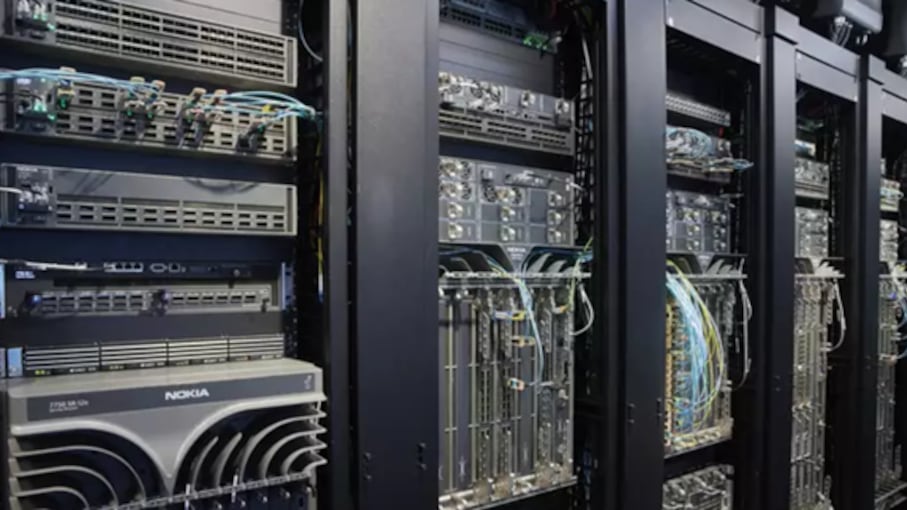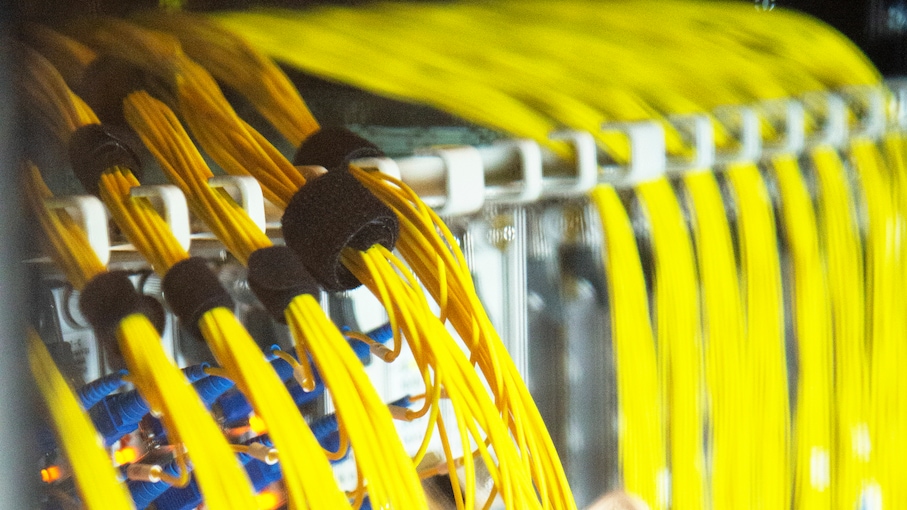If you build it, they will come
By Hemant Malik,
Head of Technology Strategy and Portfolio
13 Jul 2023


While the metaverse was one of the hottest tech topics of 2022, it was somewhat surpassed this year by the tsunami of coverage on Artificial Intelligence (AI). However, a certain Cupertino-based corporation’s recent launch of a new type of spatial computer re-surfaced the topic. Though the term itself was absent from the launch event, that didn’t stop mentions of “metaverse” from increasing 30,000 times a day later.
One question posed by commentators is whether networks are ready for data-hungry metaverse applications like Augmented and Virtual Reality (AR/VR).

Here at Nokia, our Bell Labs Consulting group modelled the impact such traffic will have on networks. We believe it’s going to go up a lot, maybe as much as 10 zetabytes by 2030. That’s 10 trillion gigabytes. Total network capacity is of course not the whole story. There is no single “metaverse” - at Nokia, we distinguish between the consumer, enterprise, and industrial metaverses. Each will have different network requirements, so the question about network readiness needs to be more nuanced.

Perhaps a better question than asking if networks are ready is to ask what comes first, the network or the end-user need? Existing fiber broadband networks are certainly more than up to the task of supporting in-home/in-office services like AR and VR. Likewise, the current roadmap of network infrastructure equipment which connects cities and countries will be able to handle metaverse traffic requirements until 2030 and beyond.
Where devices are on the move, like with robot operations, other aspects of the network, like the introduction of edge clouds, will become necessary to reduce latency. Our modelling also shows that mobile traffic will exceed radio capacity requiring spectrum and technology upgrades by the end of the decade to meet the increasing demand.

The roll-out of the most recent crop of VR and AR devices highlights how developers build to within the limits of the network. When those limits are increased, developers will design new devices and services to take advantage of the new network capabilities.
Build the network, and they will come.

About Hemant Malik
Hemant Malik is the Head of Technology Strategy and Portfolio and responsible for driving the Long-Term Technology Strategy and portfolio evolution for Nokia., Hemant and his team are at the forefront of cutting-edge technology dimensions, including AI, Metaverse, 6G, Cloud, Security, NTN, Web3 and Quantum.
Read more
About Nokia
At Nokia, we create technology that helps the world act together.
As a B2B technology innovation leader, we are pioneering networks that sense, think, and act by leveraging our work across mobile, fixed and cloud networks. In addition, we create value with intellectual property and long-term research, led by the award-winning Nokia Bell Labs.
Service providers, enterprises and partners worldwide trust Nokia to deliver secure, reliable and sustainable networks today – and work with us to create the digital services and applications of the future.
Media inquiries
Nokia Communications, Corporate
Email: Press.Services@nokia.com
Follow us on social media
LinkedIn Twitter Instagram Facebook YouTube
